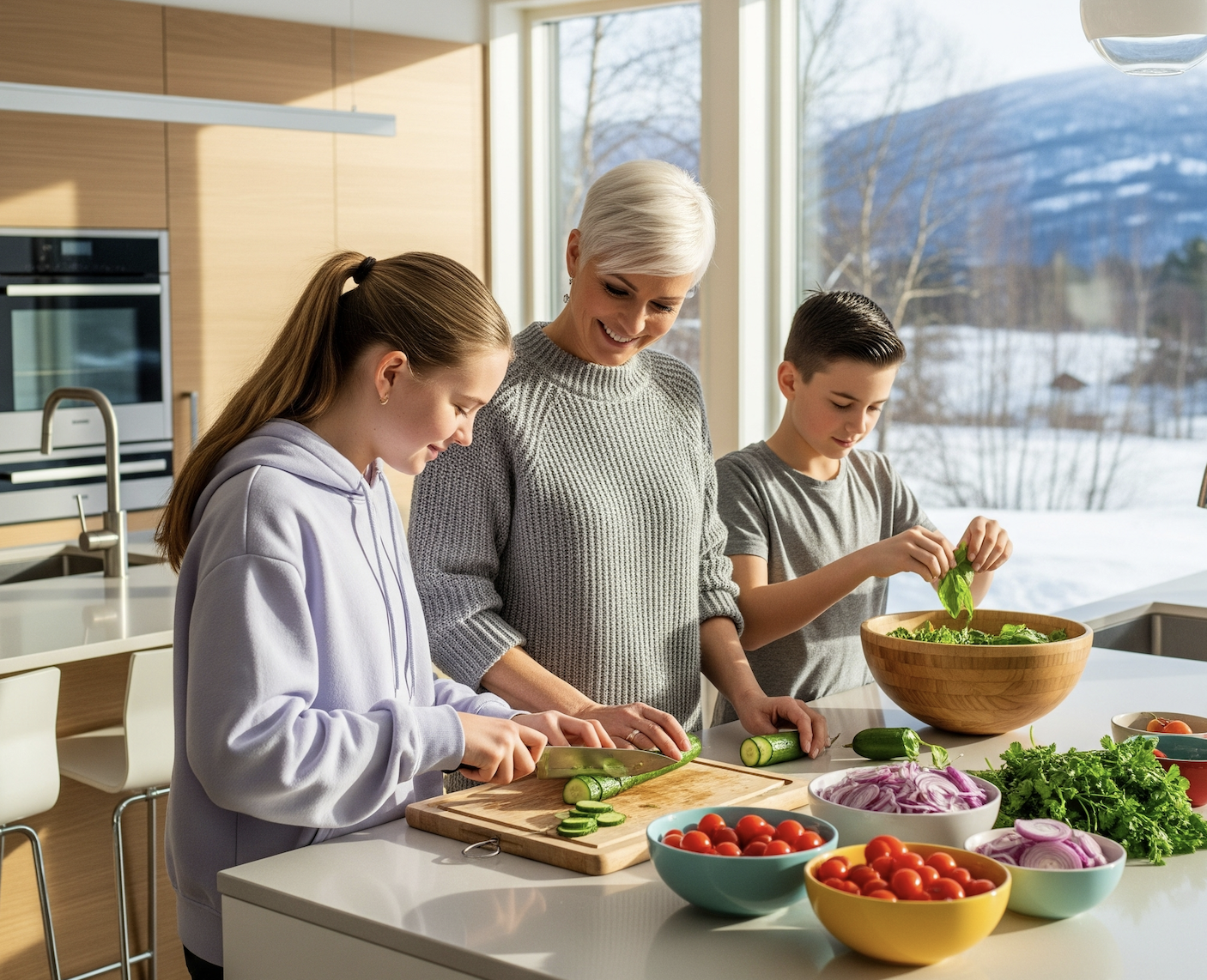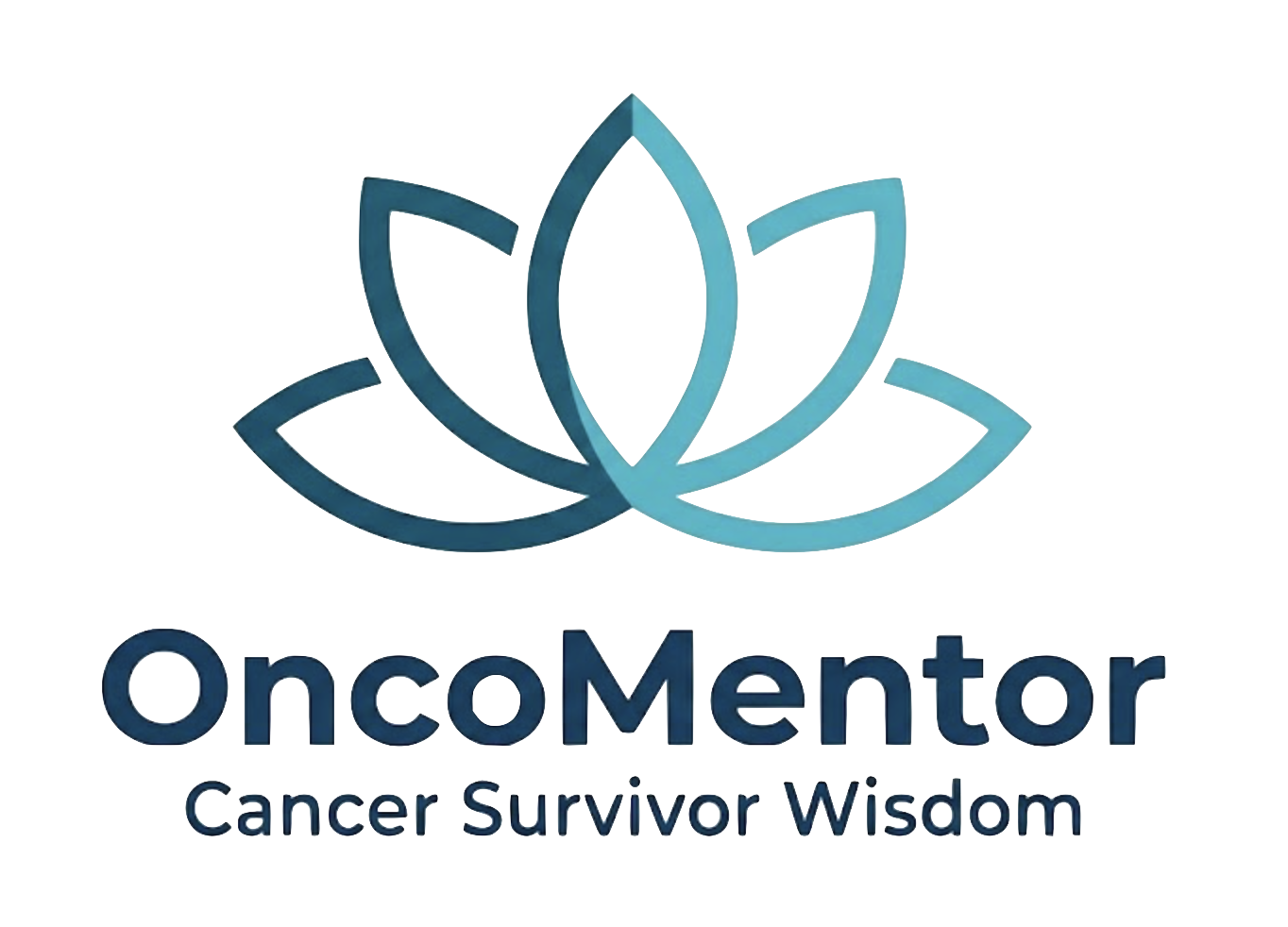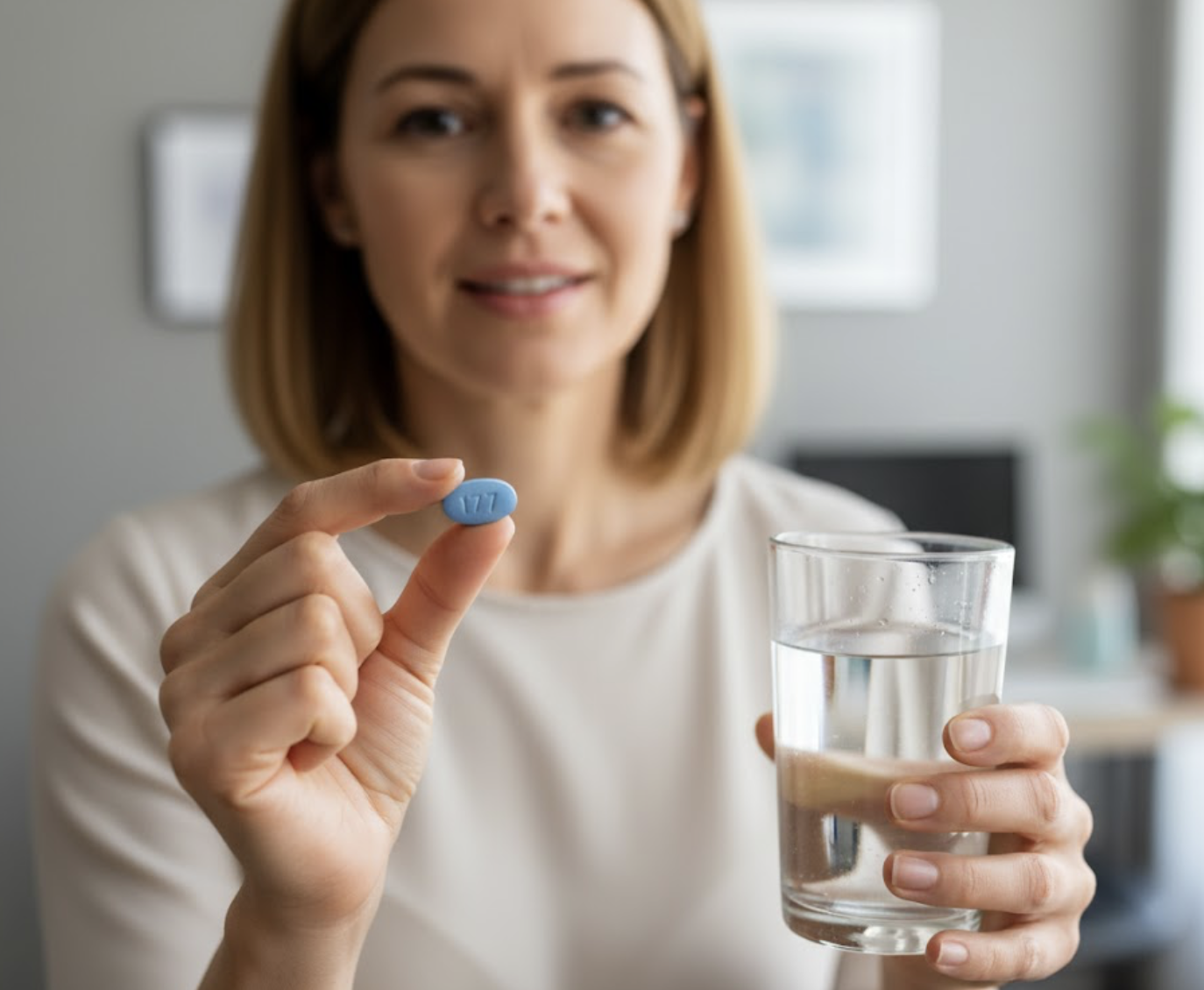Planting the roots for a fruitful future beyond breast cancer
How nutrition can heal your body and reduce the risk of cancer coming back

Welcome to your survivorship journey. It is the exhilarating, and sometimes unnerving, first page of your second act. It’s a time to move from the passenger seat of treatment to the driver’s seat of your own well-being. But in a world screaming with contradictory advice, it’s easy to feel lost in the fog. The good news is that a clear path has been charted, not by fads or gurus, but by a quiet, powerful consensus reached by the world’s leading cancer researchers. This is your owner’s manual for that journey, a guide to using nutrition as one of your most powerful tools for building a vibrant, resilient future.
Before we dive into the fine print of specific foods, we must first lay the foundation. Think of your health as a sturdy three-legged stool. Neglect one leg, and the whole thing becomes wobbly. The first and most critical leg is achieving and maintaining a healthy body weight. This isn't about vanity; it's about biology. Excess body fat is not just along for the ride; it's a metabolically active organ, a factory that can churn out inflammatory signals and excess estrogen—precisely the things that can encourage breast cancer cells to grow. For any survivor carrying extra weight, bringing it down into a healthy range is the single most impactful step you can take to lower your risk of recurrence.
The second leg is physical activity. Diet and exercise are not separate strategies; they are partners in a powerful dance. The true magic happens when they work together. Studies have shown that survivors who meet the goals for both a healthy, plant-rich diet and regular physical activity see a significant survival advantage that isn't found in those who only do one or the other. Getting at least 150 minutes of moderate activity, like a brisk walk, each week is a non-negotiable part of the plan. The final leg is simple, if not always easy: avoiding alcohol. The scientific evidence here is crystal clear and leaves no room for debate. Alcohol is a known carcinogen, and for reducing breast cancer risk, the safest amount is none. The rumored health benefits of a glass of red wine are vastly outweighed by the proven risk of the alcohol it contains.
With that foundation firmly in place, we can turn to the plate. The grand strategy, the unifying theme echoed by every major cancer institution, is to adopt a predominantly plant-based dietary pattern. The simplest way to visualize this is to fill at least two-thirds of your plate at every meal with a colorful variety of vegetables, fruits, whole grains, and beans. This approach, whether you call it a Whole-Food, Plant-Based diet or a Mediterranean-style diet, works through a multi-pronged attack. It naturally helps with weight management, floods your body with thousands of protective compounds called phytochemicals, and lowers levels of growth signals like Insulin-like Growth Factor 1 (IGF-1), which can act like an accelerator for cancer growth. The evidence is so compelling that lab studies have shown the blood of people eating a plant-based diet is significantly more hostile to cancer cell growth.
Within this plant-forward framework, a few foods deserve a special spotlight in your nutritional toolkit. First, let's clear the air on soy. For years, fear and misinformation have surrounded this humble bean. The truth, confirmed by massive studies involving thousands of survivors, is that whole soy foods like tofu, edamame, and unsweetened soy milk are not only safe but are associated with a lower risk of recurrence. The plant estrogens in soy act as imposters in breast tissue, weakly binding to estrogen receptors and blocking your body’s more potent estrogen from fueling cell growth.
Next is the mighty flaxseed. As the richest source of compounds called lignans, a tablespoon or two of ground flaxseed a day is a nutritional powerhouse. These lignans have anti-estrogenic effects and, critically, have been shown to help cut off a tumor’s ability to grow new blood vessels, effectively starving it of the nutrients it needs to thrive. Finally, embrace the cruciferous vegetable family—broccoli, kale, Brussels sprouts, and cauliflower. These contain a remarkable compound called sulforaphane, which has been shown in laboratory studies to do something extraordinary: selectively target and suppress the resilient cancer stem cells that are thought to drive recurrence and metastasis. It’s like weeding a garden by pulling out the roots, not just clipping the tops.
Beyond what you eat, there’s a simple yet profound strategy related to when you eat. Compelling research has found that women who prolong their overnight fast to 13 hours or more have a significantly lower risk of breast cancer recurrence—as much as a 36% reduction. This isn't about skipping meals; it's about consolidating your eating window. Simply finishing your last meal by 7 p.m. and not eating again until 8 a.m. the next morning achieves this goal. This gives your body an extended period for cellular cleanup and repair, which can lower inflammation and improve blood sugar control. It is a free, simple, and powerful habit to layer on top of your healthy diet.
Putting this into practice is about making gradual, sustainable changes. Start by building your anti-cancer plate: oatmeal with ground flax and berries for breakfast; a large salad with greens, beans, and colorful veggies for lunch; a stir-fry loaded with broccoli and tofu for dinner. This isn't a diet of deprivation; it's a celebration of vibrant, nourishing, and delicious foods. By embracing this evidence-based approach—centering your diet on whole plant foods, maintaining a healthy weight through joyful movement, and being mindful of your eating clock—you are doing more than just recovering. You are actively participating in your own healing, transforming your body's internal landscape into one that promotes vitality and resilience for the entirety of your long and thriving second act.
This article is for informational purposes only and does not constitute medical advice. The content is not intended to be a substitute for professional medical advice, diagnosis, or treatment. Always seek the advice of your physician or another qualified health provider with any questions you may have regarding a medical condition. Never disregard professional medical advice or delay in seeking it because of something you have read in this article.




